Wonders of the World: Ancient Legends to Modern Marvels
From the timeless majesty of the Great Pyramid of Giza to the modern-day awe of Machu Picchu, the Wonders of the World represent humanity’s most extraordinary creations. These awe-inspiring landmarks reflect the ingenuity, culture, and dreams of civilizations past and present. This guide takes you through all recognized wonders-including the 7 New Wonders, Ancient Wonders, and other notable nominations—that continue to inspire travelers and historians alike.
Seven Wonders of the Ancient World
1. Great Pyramid of Giza, Egypt
- It’s the only wonder still standing and remains one of the largest manmade structures.
- Original casing stones made the pyramid shine like a mirror under sunlight.
- It aligns almost perfectly with the cardinal directions—north, south, east, and west.
- Small air shafts inside the pyramid align with stars in Orion’s Belt.
- New hidden chambers have been discovered using cosmic-ray imaging.
Location: Giza, Egypt
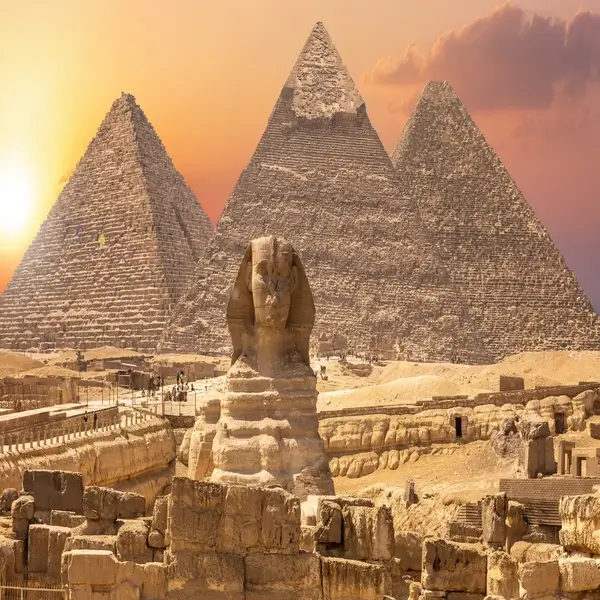
2. Hanging Gardens of Babylon, Iraq (Modern-day)
May have been an early feat of hydro-engineering with a chain pump irrigation system.
Descriptions suggest multi-level terraces planted with exotic flora.
Some believe it may have been in Nineveh, not Babylon—still a debated mystery.
The gardens symbolized paradise in ancient Mesopotamian culture.
Clay tablets and scrolls remain the only source of its visual descriptions.
Location: Babylon, Iraq
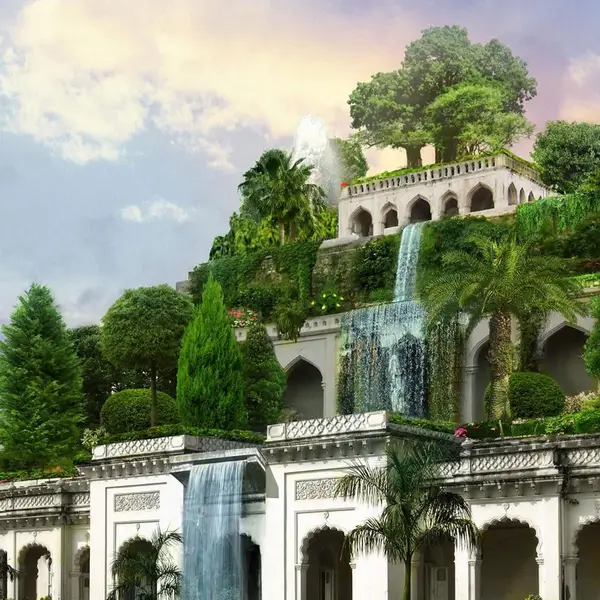
3. Statue of Zeus at Olympia – Greece
- Crafted with gold and ivory over a wooden frame—rare even for Greek statues.
- It depicted Zeus seated with a scepter and Nike (Victory) in his hands.
- The temple housing it had a specially designed floor to reflect its grandeur.
- Rumors claim the statue wept before its destruction—a legend of doom.
- Coins and artworks offer the only visual reconstructions.
Location: Greece
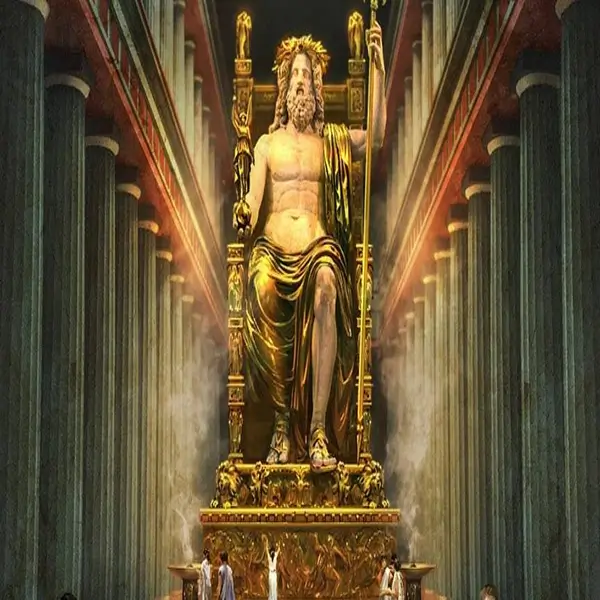
4. Temple of Artemis at Ephesus, Turkey
- Rebuilt multiple times due to fires and floods—each version more elaborate.
- Hosted artworks and statues from prominent Greek artists.
- It was one of the first temples to use marble on such a massive scale.
- Pilgrims came from far and wide, contributing to the local economy.
- Archaeological remnants lie in a quiet field, visited mostly by history enthusiasts
Location: Turkey
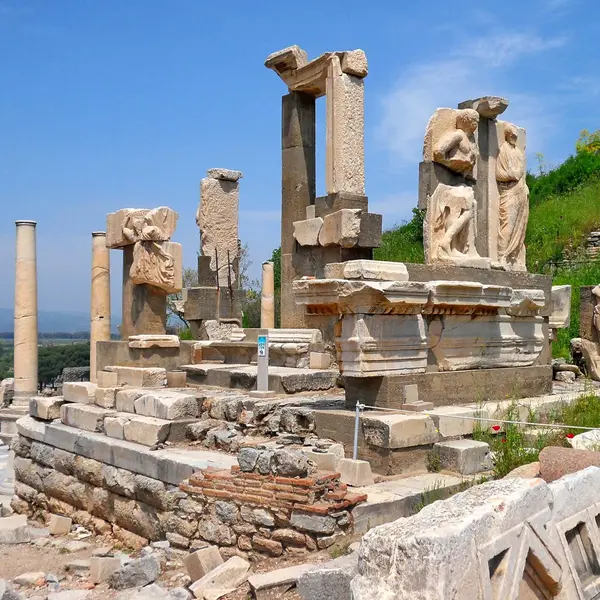
5. Mausoleum at Halicarnassus – Turkey
- Its tiered structure combined Greek, Egyptian, and Lycian architectural styles.
- The tomb was adorned with life-size statues and chariot sculptures.
- Designed by two famous Greek architects and sculpted by four artists.
- Earthquakes eventually led to its ruin, not conquest or fire.
- Fragments are displayed today in the British Museum.
Location: Turkey
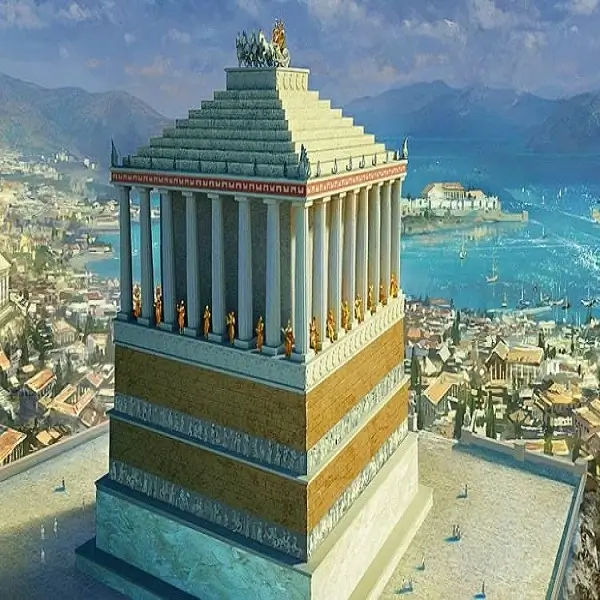
6. Colossus of Rhodes – Greece
- Was believed to straddle the harbor, but likely stood beside it.
- Constructed of iron and bronze with stone infill for structure.
- Only stood for 54 years before a major earthquake brought it down.
- The ruins were considered so sacred they were never rebuilt.
- Rebuilding proposals resurface often as a cultural tribute.
Location: Greece

7. Lighthouse of Alexandria – Egypt
- Estimated to be over 100 meters tall, it stood for over 1,500 years.
- Mirrors were used to reflect sunlight during the day and firelight at night.
- Designed by Greek architect Sostratus and stood on Pharos Island.
- Earthquakes turned much of it into underwater ruins now explored by divers.
- Inspired the architectural design of many later lighthouses globally.
Location: Egypt

New 7 Wonders of the World
1. Great Wall of China – China
- Sections of the wall are built from tamped earth, bricks, and wood depending on the region and dynasty.
- Visible even from space with radar imaging, it’s not visible to the naked eye as commonly believed.
- Beacon towers were used for signaling invasions using smoke during the day and fire at night.
- Hiking the unrestored sections offers an off-the-beaten-path adventure.
- Some areas feature preserved battlements with 360-degree views of the rugged landscape.
Location: China
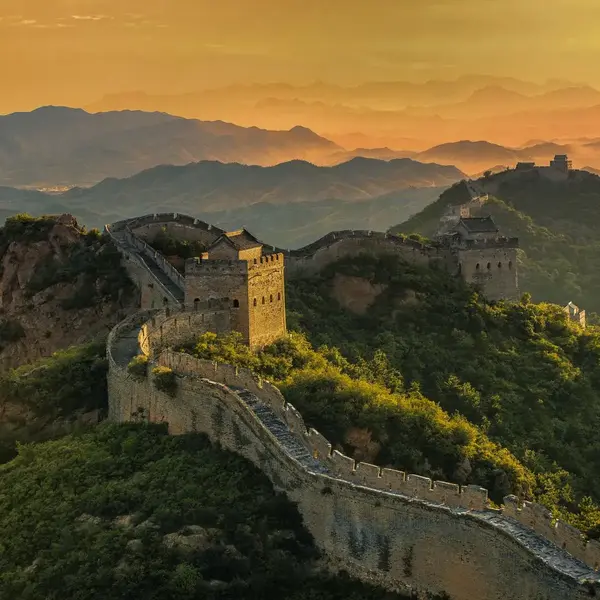
2. Petra – Jordan
- Petra’s famed Treasury is just the beginning—over 800 structures are carved into sandstone cliffs.
- Early Nabataeans mastered water control with dam systems and underground reservoirs.
- The Siq canyon pathway is a geological marvel lined with ancient carvings and niches.
- Petra by Night offers a candle-lit experience three nights a week.
- Excavations are ongoing, revealing more about the once-flourishing desert civilization.
Location: Jordan
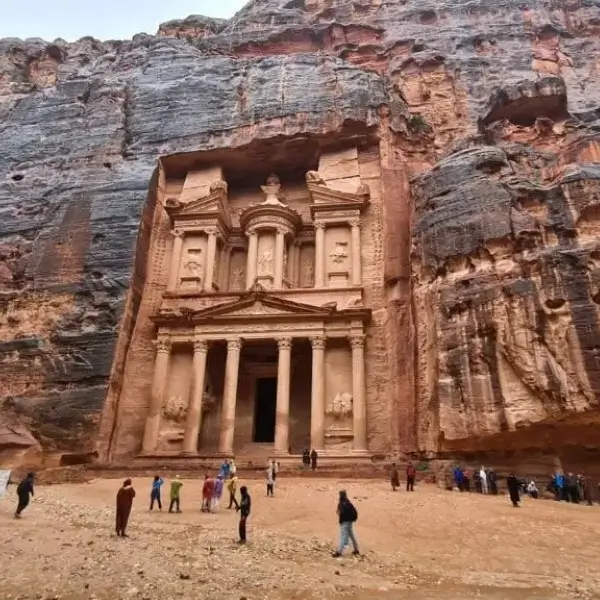
3. Christ the Redeemer – Brazil
- The outer soapstone was chosen for its resistance to weather and ease of use in carving.
- The statue was built in pieces and assembled at the summit over nine years.
- There’s a small chapel inside the base for weddings and masses.
- On foggy days, the statue appears to float above the clouds—a photographer’s dream.
- The panoramic view from the platform includes Sugarloaf Mountain and Guanabara Bay.
Location: Brazil

4. Machu Picchu – Peru
- Not visible from below, it was spared destruction by Spanish conquistadors.
- Built without mortar, the stones fit so precisely that even a knife blade can’t slip between them.
- The Inca Trail leading to the site is a multi-day trek with sacred ruins along the way.
- The Intihuatana stone was used by the Incas as an astronomical calendar.
- Visitors often witness llamas freely roaming the terraces.
Location: Peru

5. Chichén Itzá – Mexico
- The pyramid of El Castillo creates a serpent shadow during the equinox- calculated solar illusion.
- The nearby cenote (sacred sinkhole) was used for both rituals and sacrifices.
- The ball court nearby is the largest in Mesoamerica, with whispering acoustics.
- The observatory, “El Caracol,” reflects the Mayans’ deep knowledge of astronomy.
- Each side of the pyramid has 91 steps, totaling 365 with the top platform.
Location: Mexico

6. Roman Colosseum – Italy
- Originally called the Flavian Amphitheatre, it held up to 80,000 spectators.
- Trapdoors and underground lifts moved animals and gladiators into the arena.
- Seating was assigned by social status, with VIPs closest to the action.
- The structure survived multiple earthquakes and was later used as a quarry.
- Light shows and guided night tours offer a unique modern experience.
Location: Italy

7. Taj Mahal – India
- The calligraphy on the facade increases in size with height to appear uniform from the ground.
- The four minarets tilt slightly outward to protect the mausoleum in case of collapse.
- A duplicate mosque-like structure on the west balances the aesthetics but isn’t functional.
- The white marble changes color depending on the time of day and moonlight.
- Entry gates are designed to frame the monument perfectly for dramatic reveals.
Location: Agra, India
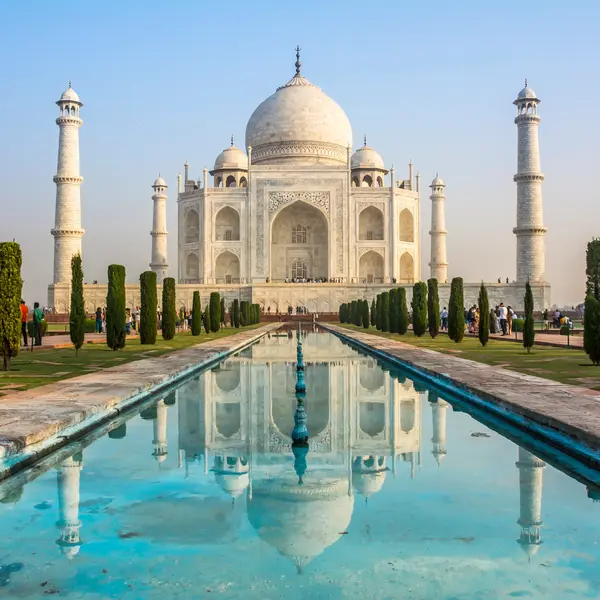
Nominated Wonders (Finalists from New 7 Wonders)
1. Acropolis of Athens – Greece
- Its structures show evidence of early seismic engineering.
- At sunset, the marble takes on a soft pink glow.
- The Propylaea entrance was a masterpiece in its own right.
- Restoration uses ancient materials and techniques wherever possible.
- Overlooks the city and is visible from nearly every corner of Athens.
Location: Greece
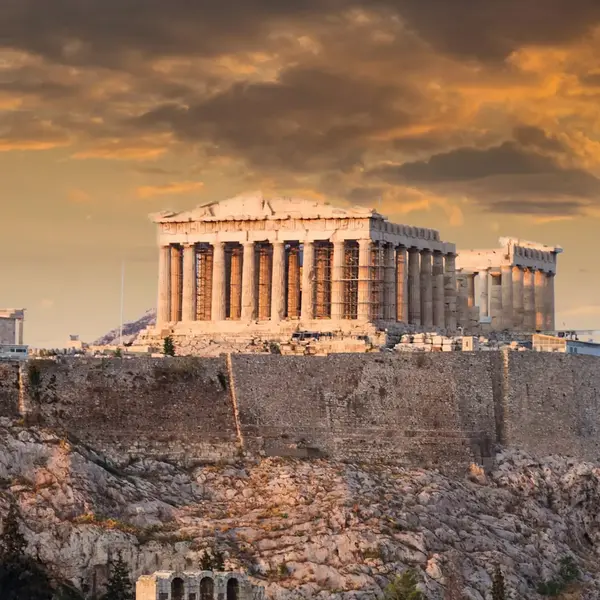
2. Moai Statues of Easter Island – Chile
- Many statues were carved in a quarry and transported miles without wheels.
- Some statues are buried up to their shoulders, hiding intricate carvings.
- Locals refer to them as “living faces” representing ancestors.
- The largest unfinished Moai would have stood over 70 feet tall.
- Modern studies suggest teamwork and log rolling helped with transport.
Location: Chile
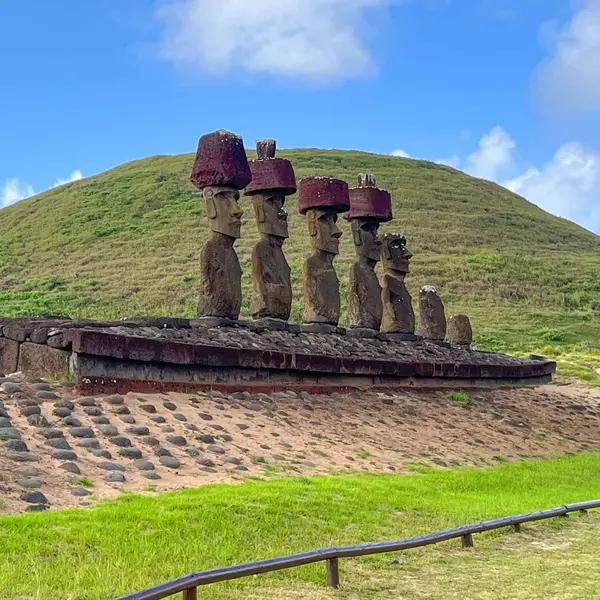
3. Stonehenge – United Kingdom
Some stones were transported over 200 km from Wales.
Aligns with both summer and winter solstices perfectly.
The surrounding earthworks suggest it was once a large ceremonial site.
No written records explain its construction or exact purpose.
Subsurface imaging reveals buried structures nearby.
Location: United Kingdom
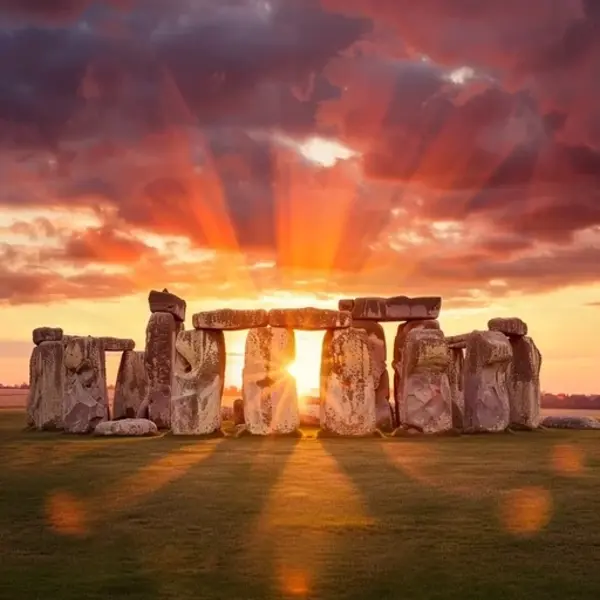
Frequently Asked Questions About World Wonders
The Great Pyramid of Giza in Egypt is the only remaining Wonder from the original Seven Ancient Wonders of the World. It has stood for over 4,500 years and remains a symbol of ancient engineering.
Ancient Wonders were compiled in the 2nd century BC by ancient Greek scholars.
New Wonders were selected in 2007 through a modern global poll, focusing on iconic monuments still in existence.
Although iconic, the Eiffel Tower was not selected during the New7Wonders campaign. It was one of the nominees but did not receive enough votes to enter the final seven.
The Great Wall of China receives the highest number of annual visitors, followed closely by the Colosseum in Rome and Taj Mahal. These destinations are tourism hotspots with rich cultural significance.
The New7Wonders Foundation, based in Switzerland, organized the campaign. Over 100 million people from around the globe voted online and via SMS to finalize the list.

